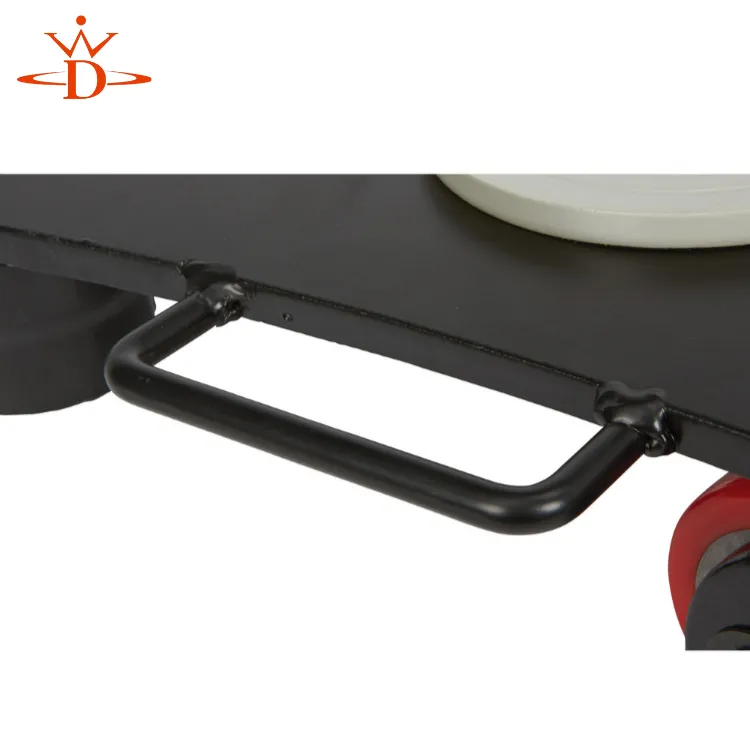over head gantry
The Overhead Gantry A Key Component in Modern Industrial Operations
In today's fast-paced industrial landscape, efficiency and safety are paramount. Among the various machines that facilitate these goals, the overhead gantry stands out as a vital component in numerous sectors, including manufacturing, construction, and logistics. This article delves into the features, advantages, and applications of overhead gantries, highlighting their significance in modern operations.
What is an Overhead Gantry?
An overhead gantry is a type of crane that consists of a horizontal beam supported by two or more vertical legs. This crane design is typically mounted on rails, allowing it to move along a designated path. The mechanism is engineered to lift and transport heavy loads across a defined area, providing enhanced operational capabilities. Overhead gantries can be found in various configurations, including single girder, double girder, and cantilever designs, each tailored to the specific requirements of an industry or application.
Advantages of Overhead Gantries
One of the primary advantages of overhead gantries is their ability to maximize space. Unlike jib cranes or forklifts that require considerable floor space for maneuvering, overhead gantries operate above ground level, freeing up valuable floor space for other operations. This vertical advantage is particularly beneficial in environments where floor space is at a premium, such as warehouses and factories.
Safety is another critical factor in the design and operation of overhead gantries. These cranes are constructed with robust materials and designed to handle heavy loads, significantly reducing the risk of accidents related to lifting operations. Moreover, many modern overhead gantries are equipped with advanced safety features, such as overload protection systems, emergency stop buttons, and sensor technology to prevent collisions and ensure safe operational practice.
Applications Across Industries
over head gantry

Overhead gantries have a wide range of applications across various sectors. In manufacturing, they are essential for moving heavy machinery, components, and raw materials. The automotive industry, for instance, relies on overhead gantries for assembling vehicles and transporting parts between stations on the production line.
In the construction sector, these cranes play a crucial role in lifting materials to significant heights, aiding in the construction of buildings, bridges, and other infrastructure. Their ability to maneuver large loads with precision makes them indispensable tools at construction sites.
The logistics and warehousing industries also benefit significantly from overhead gantries. They facilitate the efficient movement of goods within distribution centers, enhancing inventory management and ensuring timely deliveries. By utilizing overhead gantries, companies can streamline their operations, reduce bottlenecks, and improve overall productivity.
Future Trends and Innovations
As industries continue to evolve, so too do the technologies surrounding overhead gantries. Automation and robotics are becoming increasingly integrated into crane systems, allowing for remote operation and enhanced precision in load handling. Additionally, the incorporation of IoT (Internet of Things) technology enables real-time monitoring of crane performance, load conditions, and maintenance needs, all of which contribute to safer and more efficient operations.
Furthermore, there is a growing emphasis on sustainability, prompting manufacturers to explore energy-efficient designs and electric-powered overhead gantries. These innovations not only reduce environmental impact but also promise lower operational costs in the long run.
Conclusion
The overhead gantry is an indispensable asset in contemporary industrial settings, offering safety, efficiency, and versatility across various applications. As industries continue to innovate and adapt to changing demands, overhead gantries will undoubtedly play a crucial role in shaping the future of manufacturing, construction, and logistics. Investing in modern overhead gantry systems can significantly enhance operational capability, making them a wise choice for forward-thinking enterprises aiming to thrive in an increasingly competitive market.
-
Unlock Seamless Relocation with Our Heavy Equipment Moving ExpertiseNewsJun.06,2025
-
Unleash Unrivaled Flexibility with Our Adjustable Gantry CraneNewsJun.06,2025
-
Unleash Heavy-Duty Efficiency with Our Industrial Gantry Crane SolutionsNewsJun.06,2025
-
Revolutionize Steel Handling with Our Magnetic Lifter RangeNewsJun.06,2025
-
Master Equipment Mobility with Premium Machinery Mover SolutionsNewsJun.06,2025
-
Elevate Your Material Handling with Magnetic Lifter TechnologyNewsJun.06,2025
-
YS Permanent Lifting Magnets: The Smarter Way to Handle SteelNewsMay.22,2025
